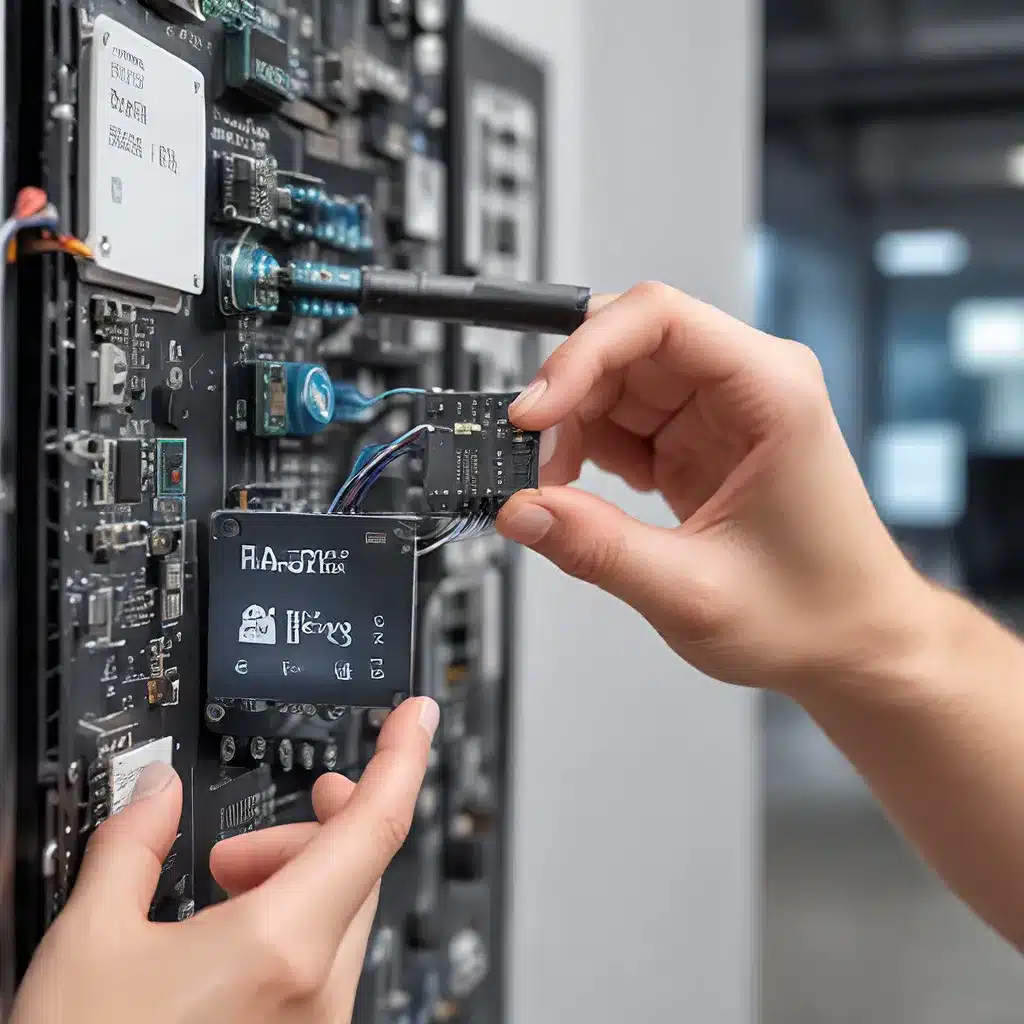
In the rapidly evolving world of the Internet of Things (IoT), the role of sensor networks has become increasingly crucial. These interconnected devices, capable of collecting, processing, and transmitting vast amounts of data, have unlocked new possibilities for smart cities, industrial automation, healthcare monitoring, and a myriad of other applications. However, as these IoT systems become more prevalent, the need for robust security and privacy measures has become paramount.
Ensuring Secure Sensor Data Provenance
At the heart of trustworthy IoT applications lies the secure management of sensor data. Data provenance, the ability to trace the origin and history of data, is a critical component in establishing trust and transparency within these systems. By verifying the source and integrity of sensor data, organizations can make informed decisions, detect anomalies, and mitigate the risk of data tampering or unauthorized access.
One innovative approach to secure sensor data provenance is the use of blockchain technology. Blockchain-based solutions leverage the inherent immutability and decentralized nature of blockchain to record sensor data and its provenance on a distributed ledger. This ensures that the data origin and chain of custody are transparently documented, enabling verifiability and non-repudiation for IoT applications.
Another important aspect of secure sensor data provenance is access control. Controlling who can access and interact with sensor data is crucial for maintaining data privacy and integrity. Role-based access control (RBAC) and attribute-based access control (ABAC) are two widely adopted approaches that govern the permissions and privileges of IoT entities, ensuring that only authorized parties can view, modify, or delete sensor data.
Addressing IoT Security Challenges
As the IoT ecosystem continues to expand, it faces a range of security challenges that must be addressed to ensure the trustworthiness and reliability of these systems. Vulnerability to cyber attacks, privacy concerns, and resource constraints are just a few of the hurdles that IoT developers and security researchers must overcome.
Recent studies have highlighted the importance of edge computing and fog computing in enhancing the security posture of IoT systems. By processing and analyzing sensor data closer to the source, these architectures can reduce the attack surface, minimize latency, and improve responsiveness to security threats.
Moreover, the integration of machine learning (ML) and artificial intelligence (AI) techniques has proven invaluable in detecting anomalies, identifying intrusions, and automating security responses within IoT environments. Anomaly detection algorithms can flag suspicious sensor data or network activity, while predictive models can help anticipate and mitigate potential security breaches.
Addressing IoT Energy Challenges
In addition to security concerns, the energy management of IoT systems is another critical consideration. IoT devices are often resource-constrained, with limited battery life and processing power. Inefficient energy consumption can lead to device failures, disruptions in data collection, and increased maintenance costs.
Researchers have explored various strategies to optimize energy consumption in sensor networks and IoT applications. Duty cycling, energy harvesting, and dynamic power management are some of the techniques used to extend the operational lifespan of IoT devices and ensure the reliability of sensor data.
Edge computing and fog computing also play a pivotal role in energy management, by offloading compute-intensive tasks from resource-constrained IoT devices to more powerful edge nodes or cloud infrastructure. This distribution of processing can significantly reduce the energy demands on individual sensors, leading to improved battery life and reduced maintenance overhead.
Innovative IoT Applications and Future Trends
As the sensor network and IoT technologies continue to evolve, we are witnessing the emergence of innovative applications that leverage these advancements to transform various industries. From smart city initiatives that optimize urban infrastructure to healthcare systems that remotely monitor patient vitals, the potential of these technologies is boundless.
The future of sensor networks and IoT is poised to be increasingly intelligent, secure, and energy-efficient. Advancements in edge computing, machine learning, and energy harvesting techniques will continue to enhance the capabilities and reliability of these systems, paving the way for more robust, trustworthy, and sustainable IoT applications.
As the sensor network and IoT landscapes evolve, it is crucial for organizations, researchers, and technology enthusiasts to stay informed and proactively address the challenges that arise. By implementing secure data provenance, robust security measures, and energy-efficient designs, we can unlock the transformative potential of these technologies and foster a more connected, intelligent, and sustainable future.